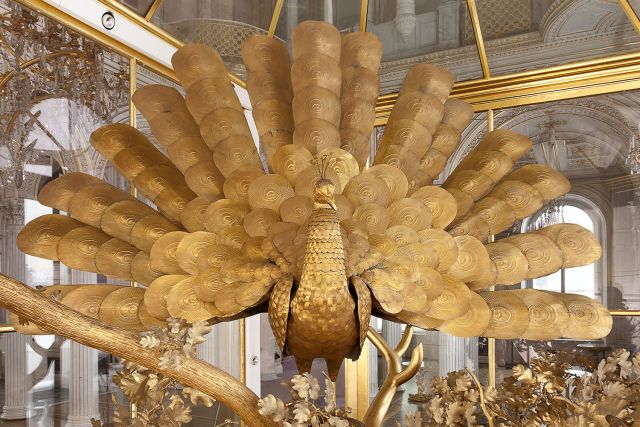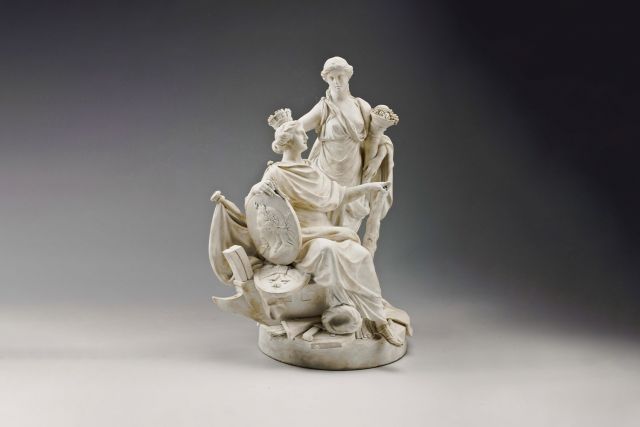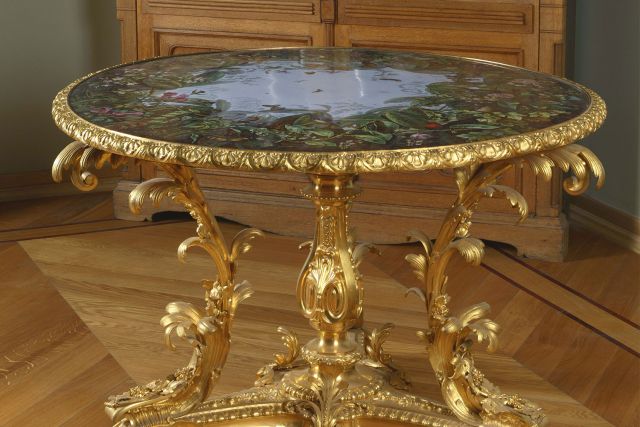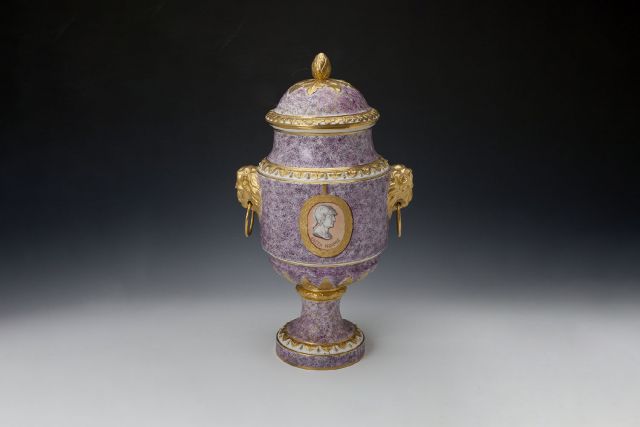




The State Hermitage Museum
- Saint Petersburg, Russia
- Museum
Tuesday to Sunday 10:30 - 18:00, Wednesday 10:30 - 21:00
+7 8127109079
The vast collection of the State Hermitage features over 3 million artefacts. The history of the Hermitage dates back to 1764, when Empress Catherine the Great acquired a fabulous collection of works from the Berlin merchant Johann Ernst Gotzkowsky. The main museum complex consists of six buildings constructed in the 18th and 19th centuries, among which is the baroque Winter Palace, the former imperial residence, designed by Francesco Bartolomeo Rastrelli. The museum houses an outstanding collection of paintings, graphic works, sculptures, applied arts pieces, archaeological artefacts and decorative objects.
One of the highlights is the legendary Peacock Clock, created in the 1770s by the English jeweller and mechanic, James Cox and commissioned by Catherine II’s favourite, Prince Grigory Potemkin, especially for the Hermitage. The ensemble, featuring figures of the peacock, cockerel and owl incorporates a timepiece fitted with mechanisms that set the birds in motion. Every Wednesday at 8 pm the Peacock Clock is wound up in the Pavilion Hall in the Small Hermitage. The Treasure Gallery boasts a wealth of outstanding masterpieces, including the Plaque in the Shape of a Recumbent Deer, The Rothschild Faberge Egg and the Casket of Jadwiga Jagellon.









